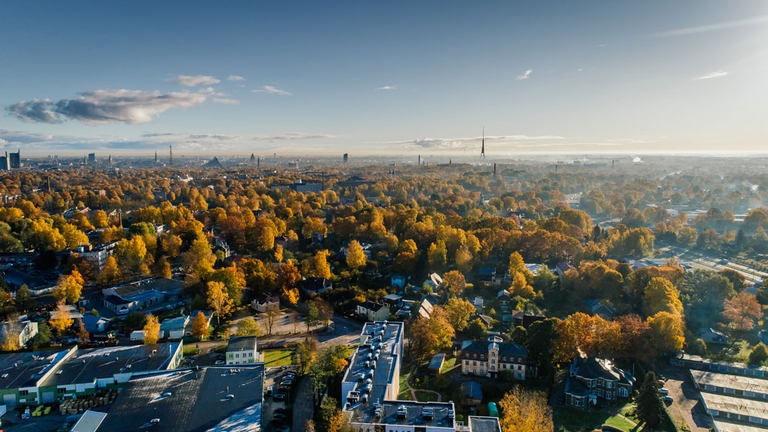
The Amazon became an alternative classroom during the pandemic. Now, the educational forest in Batraja, Bolivia, lives on to teach children and adults the value of nature.
Introducing plants into buildings to absorb CO2, eliminating indoor pollution and improving your mood. This is green architecture.
Cities are transforming, taking shape. We feel the urge to rethink space and architecture with a more sustainable vision. One solution is to introduce a plant component into new buildings being constructed. Architect Isacco Brioschi, who designs following the principles of green or sustainable architecture, tells us what this means.
What does green design mean? How is it done?
There are various methods. Rooftop gardens, that were already being used in Mesopotamia, are useful to absorb CO2 and contribute to prevent buildings from overheating. Then there are curtain walls: plant filters where bouganville or Virginia creepers can grow. There are also vertical forests, which are more spectacular but also more expensive, where the vertical apparatus is placed directly on the wall.
Urban trees make cities greener, healthier and happier places to live! https://t.co/UdDucuXeiK #WFUF2018 pic.twitter.com/CV9wQqh5qd
— FAO Forestry (@FAOForestry) 22 novembre 2018
What’s the importance of green architecture?
It’s vital. We must reintroduce green space into cities. This also becomes a form of social architecture in degraded areas, where excessive urbanisation has removed plants, therefore we must absolutely focus on this form of architecture.
Furthermore, it is able to improve the city’s overall health: green areas absorb CO2, block particulate matter and prevent buildings from overheating. They also have many other beneficial effects.
Read more: Urban forests, cities’ answer to climate change (and much more)
Which ones?
A vertical forest, for example, can absorb the emissions generated by a car that travels 20,000 kilometres and can release water vapour which decreases temperatures and contributes to humidity. In fact, the humidity we feel in urban areas is often generated by asphalt that captures heat and then releases it into the air, increasing the temperature even more.
Read more: What is sustainable architecture: definition, concept and famous examples
What are the outlooks of green architecture in your opinion?
We must absolutely follow this approach now, a new design method that must be studied to prevent it from becoming just a temporary trend. Technology can help us, but we’re still unprepared. Other countries are slightly ahead, it’s a new field for us, we still have to experiment.
Siamo anche su WhatsApp. Segui il canale ufficiale LifeGate per restare aggiornata, aggiornato sulle ultime notizie e sulle nostre attività.
![]()
Quest'opera è distribuita con Licenza Creative Commons Attribuzione - Non commerciale - Non opere derivate 4.0 Internazionale.
The Amazon became an alternative classroom during the pandemic. Now, the educational forest in Batraja, Bolivia, lives on to teach children and adults the value of nature.
Our species took its first steps in a world covered in trees. Today, forests offer us sustenance, shelter, and clean the air that we breathe.
Bangladesh suffered widespread damage as a result of Cyclone Amphan. Yet the Sundarbans mangrove forest acted as a natural barrier protecting the country from further destruction, as it has done countless times before.
On top of a 2.4 million dollar compensation, the indigenous Ashaninka people will receive an official apology from the companies who deforested their lands in the 1980s.
The tapir was reintroduced into Brazil’s Atlantic Forest, the country’s most at-risk ecosystem. The species can play a key role in the forest’s recovery.
Forests are home to 80 per cent of the world’s terrestrial biodiversity. This year’s International Day of Forests highlights the urgent changes needed to save them.
After a legal battle that lasted two years, Indonesia’s Supreme Court has revoked the permit to mine for coal in the forests of South Kalimantan in Borneo.
The list of human and animal victims of the Australia wildfires keeps growing – one species might already have gone extinct – as the smoke even reaches South America.
Areas where the FARC guerrilla used to hold power in Colombia have faced record deforestation. Farmers cut down trees, burn land and plant grass for cows. Because, “what else can we do for a living here in the Colombian Amazon”? An intimate report from the heart of the felled forest in Caquetá.








